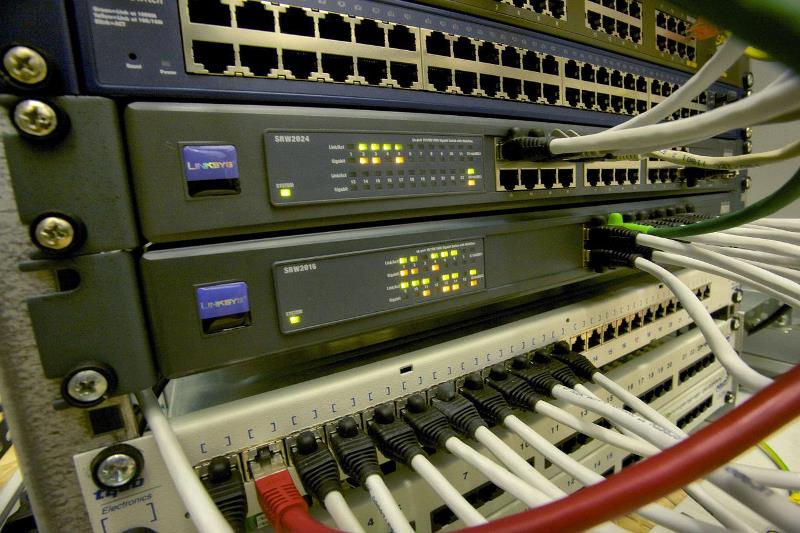CLASSIFICATION OF COMPUTERS BY SIZE
SUPER COMPUTER These are the largest, fastest and most expensive computers. The cost is several millions of dollars and the speed is between 600 million to 900 million instructions per second (MIP). Another name for super computer is MONSTER. Scientists in weather forecasting, exploration make use of super computers. It can also be used for […]
CLASSIFICATION OF COMPUTERS BY SIZE Read More »
